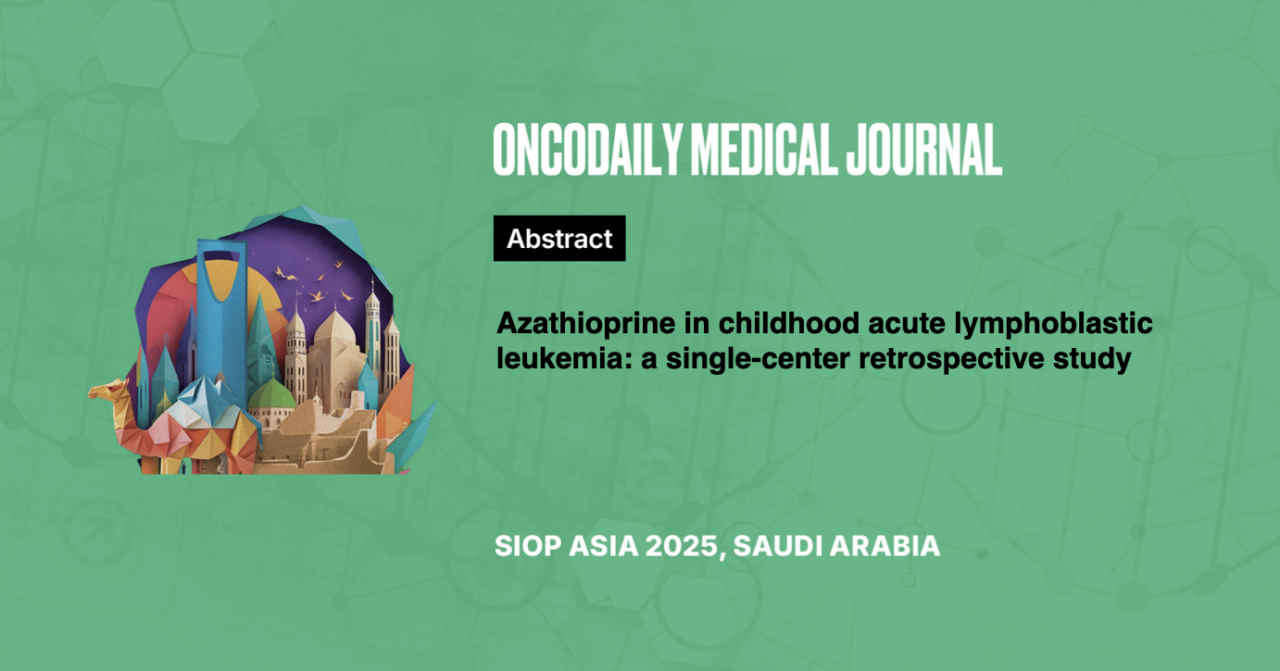Azathioprine in childhood acute lymphoblastic leukemia: a single-center retrospective study
Abstract
Introduction: 6-Mercaptopurine (6-MP) alongside methotrexate is the mainstay of maintenance therapy for childhood acute lymphoblastic leukemia (ALL). Azathioprine (AZA) is metabolized in the liver to 6-MP and to 5-substituted 1-methyl-4-nitro-5-thioimidazoles or- aminoimidazoles. The electron-affine imidazole derivatives could cause reduced repair capacity of the lymphoblastoid cells. The aim of this study was to investigate the feasibility of AZA in childhood ALL.
Methodology: In total, 93 patients (aged 1-14 years) with newly diagnosed ALL were enrolled in consecutive clinical trials during the period from October 2013 to July 2024; these trials were SCMC-ALL-2005, CCCG-ALL-2015, ZJCH-ALL-2019, and CCCG-ALL-2020. It should be noted that AZA was used to replace 6-MP in the upfront maintenance therapy and intensified therapy for childhood ALL in our center.
Results: The median follow-up interval was 3.3 years (interquartile range=1.5-4.8 years). The 7-year overall survival and event-free survival rates were 93% (SE=3%) and 87% (SE=5%), while the seven-year cumulative incidences of relapse and treat-related death were 9% (SE=4%) and 3% (SE=2%). Toxicity data of maintenance treatment were based on a total number of 6531 weeks of follow- up records during the maintenance phase from 78 patients. The majority of hepatotoxicity presented as persisting mildly raised aminotransferases, which were noted in 25 patients (32.1%). In addition, a total of 42 patients who had completed maintenance therapy and had available follow-up data underwent further analysis of hematopoietic toxicity. The majority of myelosuppression is presented as leukopenia. In the maintenance phase, the mean (±SD) percentage of weeks with a target white blood cell count of <2×10^9/L was 24% ±17%, while the mean (±SD) percentage of weeks with an absolute lymphocyte count of <1×10^9/L was 58%±27%.
Conclusion: Taken together, AZA may be an effective drug for treatment of childhood ALL. However, the monitoring of side effects should be strengthened in the treatment with AZA.





